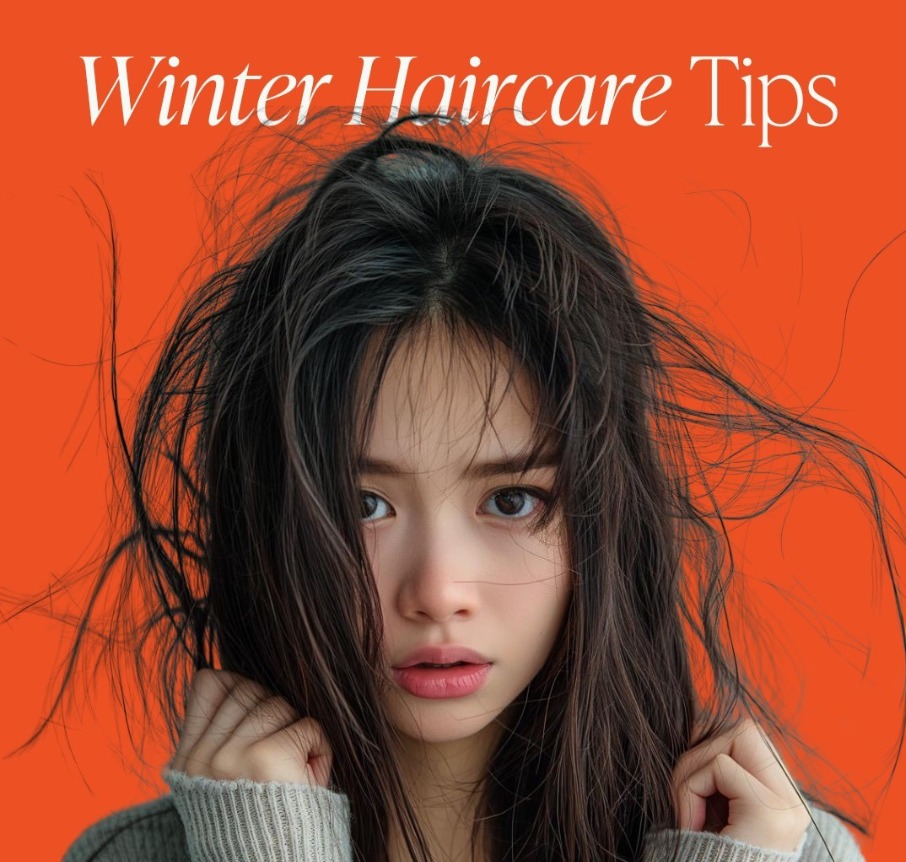Winter is tough on hair: outdoor cold and indoor heating strip moisture, layered hats create friction, and hot showers can push color molecules out faster. The good news is that a few small changes to your routine can lock in hydration, protect color, and keep your ends smooth until spring.
Your simple winter routine
1) Wash less, condition more. Space shampoos to every 2–3 days if possible, and co-wash in between if your scalp tolerates it. Pick a low‑sulfate, pH‑balanced shampoo and follow with a rich conditioner that contains fatty alcohols (cetyl/stearyl) and cationic conditioners (behentrimonium chloride) to reduce static and friction.
2) Add a weekly bond‑building mask. Color and heat weaken internal bonds. Once a week, apply a bond‑building or peptide mask from mid‑lengths to ends for 10–15 minutes. Rinse cool. You’ll notice softer detangling and fewer flyaways.
3) Seal with a lightweight oil. On damp hair, use 2–3 drops of a silicone‑or oil‑blend (dimethicone + argan/jojoba) to trap water inside the cuticle without greasing the root. Focus on the bottom third of your hair.
Color‑saving habits
Lower the water temp. Heat lifts the cuticle, letting color slip away. Aim for warm—not hot—showers, and do a final cool rinse for shine.
Protect before heat styling. Always apply a true heat protectant (look for words like polysilicone‑29, PVP/DMAPA acrylates) and keep tools at 300–340°F (150–170°C) for fine to medium hair, 360°F (180°C) max for coarse. Slow, single passes beat repeated high‑heat strokes.
UV still matters in winter. Bright, cold days reflect UV off snow, fading reds and fashion shades. If you’re outdoors, finish with a leave‑in containing UV filters and wear a hat lined with satin.
Moisture without the limp
Hydration doesn’t have to mean heaviness. Start with water‑based leave‑ins (aloe, glycerin, panthenol) and layer a pea‑sized cream only on the driest zones. If your hair falls flat, switch to a foam conditioner on the roots and concentrate creams from ear level down.
Hard water hack: Mineral buildup makes hair dull and rough. Use a chelating shampoo once every 1–2 weeks, then follow with a deep conditioner to rebalance slip.
Breakage control
Friction from scarves and collars frays ends. Keep hair either fully tucked or fully free; the half‑caught zone is where snapping happens. Swap cotton for satin pillowcases, and use snag‑free ties. Trim micro‑dust (2–3 mm) every 6–8 weeks to keep splits from traveling up the shaft.
Quick shopping checklist
- Winter Hair Care 2025: Protecting Color and Moisture in Cold Weather
- Low‑sulfate shampoo + rich daily conditioner
- Bond‑building or peptide mask (weekly)
- Leave‑in with UV + heat protection
- Lightweight sealing oil or serum
- Chelating shampoo (bi‑weekly, if hard water)
- Satin‑lined beanie or scarf
Winter won’t last forever, but healthy habits will. Keep water in, keep heat controlled, and keep friction low. Your color will stay vibrant, your ends will feel silky, and styling will take less time—even on the coldest mornings.

